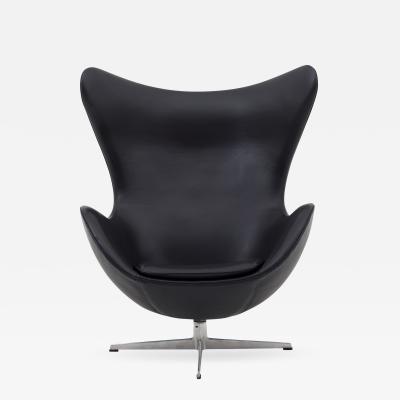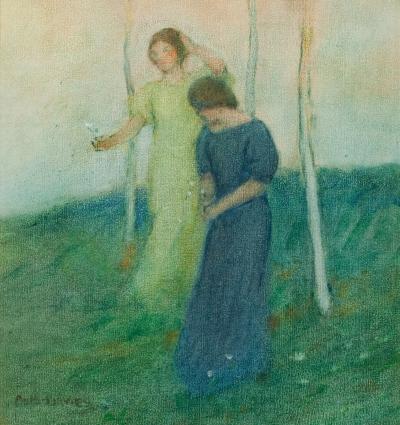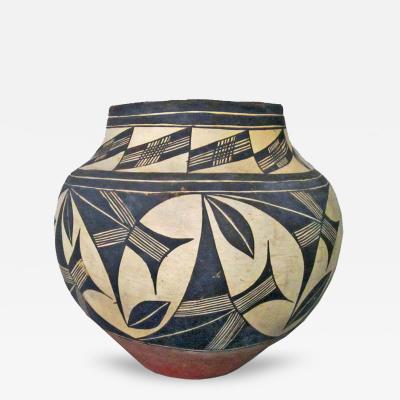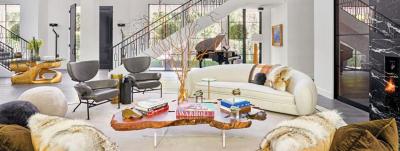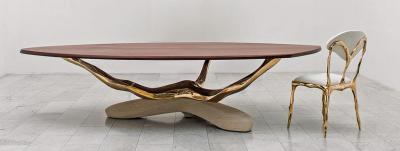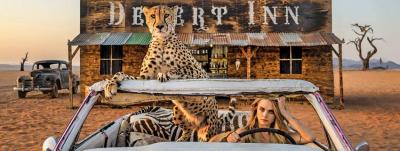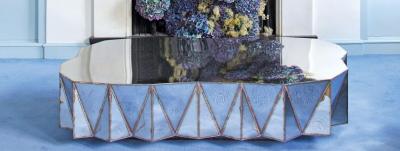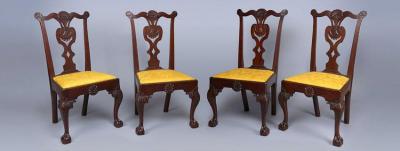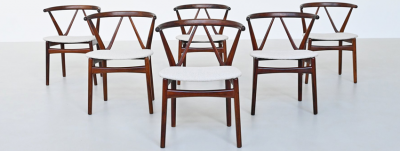This Week’s Events: The Seduction of Europe, Brancusi, Code Art Fair, The Great West & More

| Nicolas Lancret (French, 1690-1743), Luncheon Party in a Park, ca. 1735. Oil on canvas, 21 1/4 x 18 1/8 inches. Museum of Fine Arts, Boston. In the exhibition Casanova: The Seduction of Europe. |
SHOWS
Code Art Fair
August 31-September 3, 2017
Center Boulevard 5
2300 Copenhagen S, Denmark
http://www.codeartfair.dk
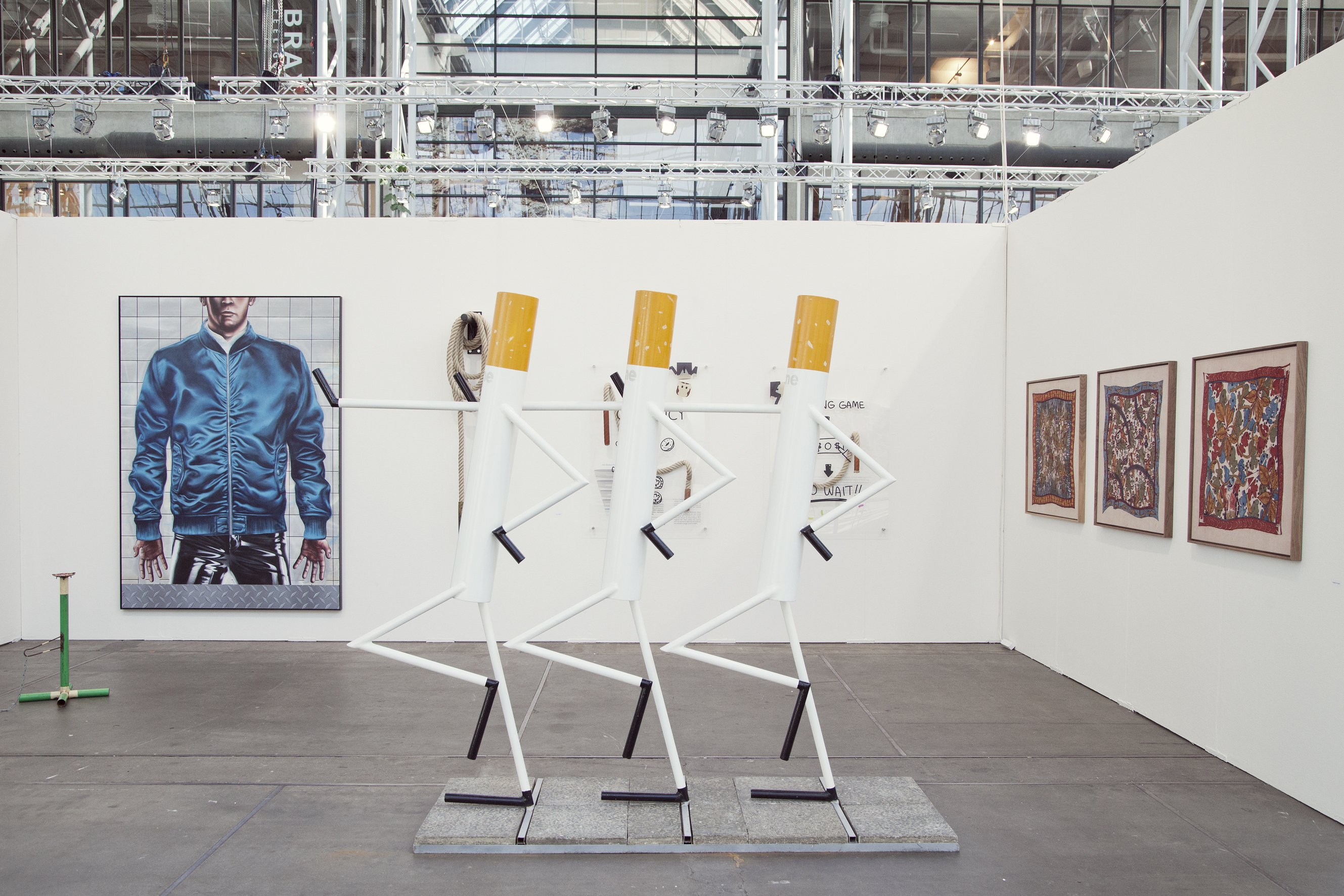 Courtesy Code Art Fair.
Courtesy Code Art Fair.Scandinavia’s only contemporary art fair opens this week for its second year. Taking an international approach, the work of leading and emerging artists from all over the world will be shown in a dramatic glass and steel structure bathed in natural light. Curated galleries will show progressive and thought-provoking presentations intended to create discussion about cultural, political, and economic forces influencing the contemporary art scene.
In addition to the galleries and cutting-edge material, Code Art Fair offers visitors opportunities to attend films, talks, and see performances, as well as view a special exhibition showcasing contemporary works owned by young collectors; the aim being to show privately held material and share passions for art.
EXHIBITIONS
Casanova: The Seduction of Europe
Through December 31, 2017
Kimbell Art Museum
Fort Worth, TX
 | 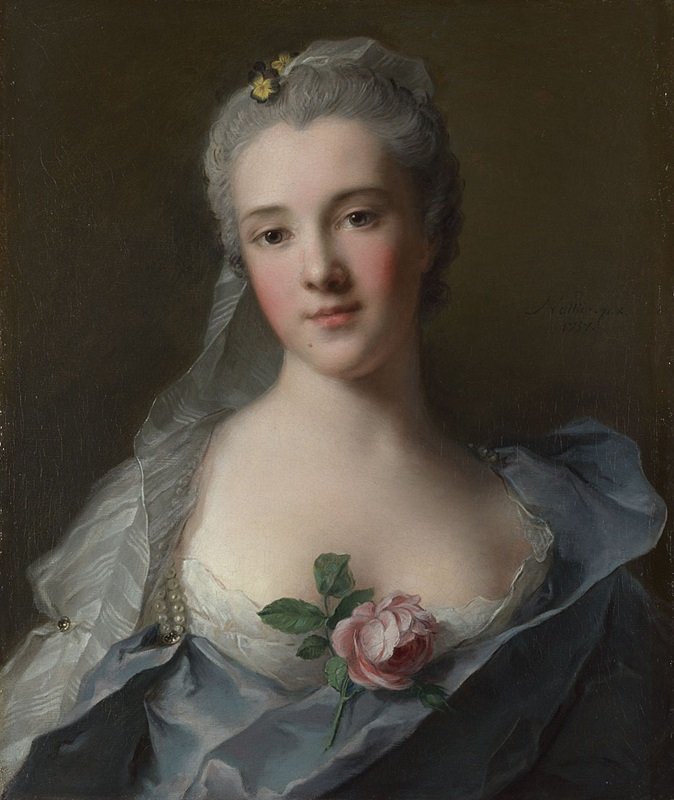 |
| Left: Francois Boucher (French, 1703-1770), Mercury Confiding the Infant Bacchus to the Nymphs of Nysa, 1769. Oil on canvas, 107 5/16 x 79 3/8 inches. Kimbell Art Museum, Fort Worth, TX. Right: Jean-Marc Nattier (French, 1685-1766), Manon Balletti, 1757. Oil on canvas, 21 1/4 x 18 3/4 inches. © The National Gallery, London. Bequethed by Emilie Yznaga, 1845. |
Generally thought of as a charismatic braggart and womanizer whose autobiography was so scandalous that it was placed on the Vatican’s Index of Prohibited Books, Giacomo Girolamo Casanova (1725-1798), was, in addition to the above “attributes,” a charismatic and witty intellectual who conversed with Voltaire, Benjamin Franklin, and other luminaries of his day. Constantly reinventing himself, Casanova was a spy, alchemist, astrologer, mathematician, traveler, and man of letters who comfortably navigated the social and political landscape of his day (even authoring a proto-feminist pamphlet). He was, in point, a man of the Enlightenment.
During his lifetime, the native Venetian lived in or traveled to many of the principle art centers of eighteenth-century Europe. Taking Casanova as a guide, The Seduction of Europe shows approximately 200 works of art structured around the chronology, geography, and major incidents of Casanova’s colorful life, addressing such themes as courtship and seduction, theater, dining, and travel. In addition to paintings, the exhibition includes sculpture, prints, drawings, musical instruments, furniture and decorative arts, some of which are set within vignettes. The exhibition is accompanied by an illustrated catalog published by the MFA, Boston, one of the organizers along with the Kimbell and Fine Arts Museums of San Francisco.
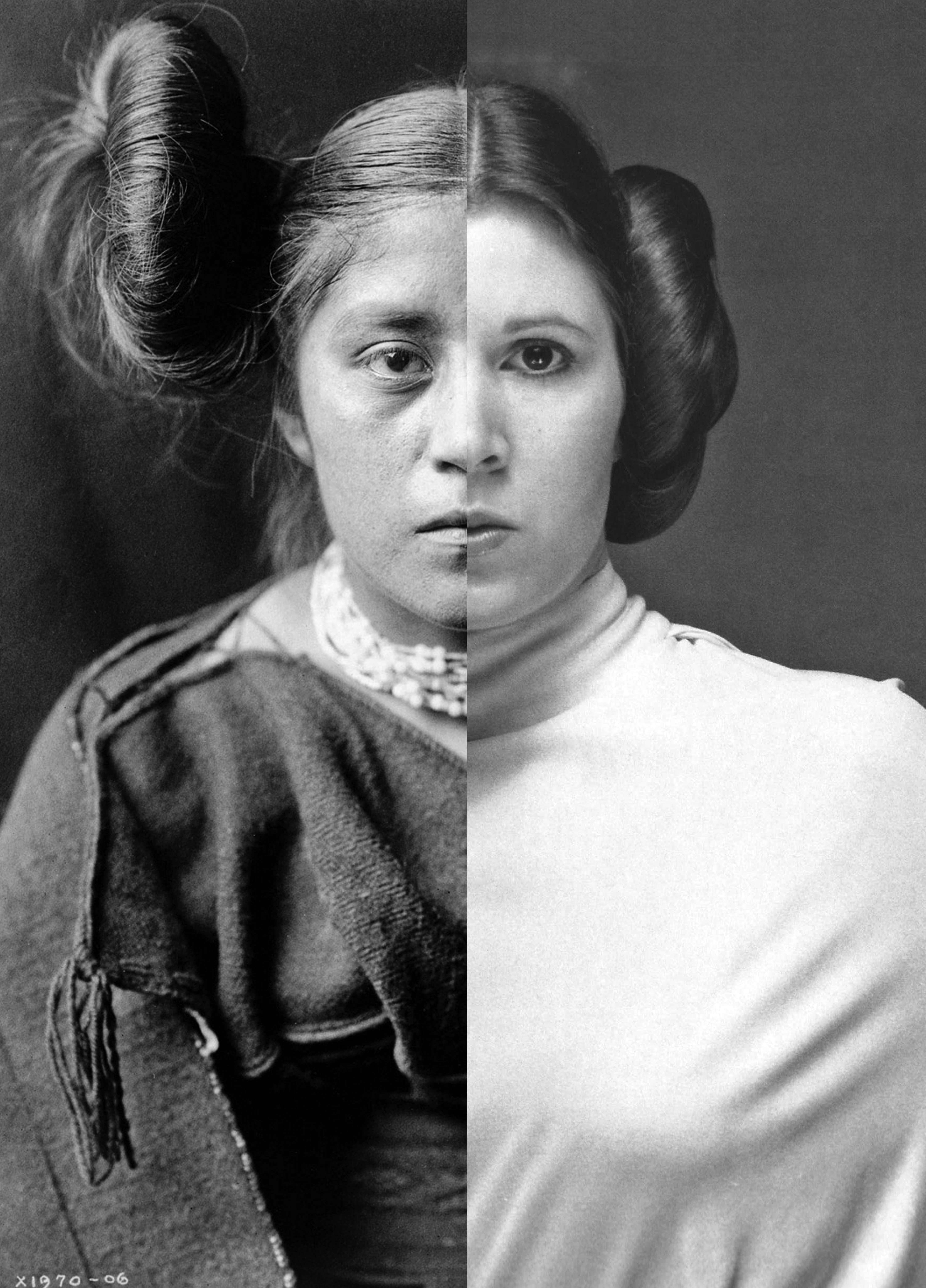 Caption: Nicholas Galanin, Things Are Looking Native, Native’s Looking Whiter, 2012, Digital photograph, 30 x 40 inches. Anchorage Museum Collection, Museum Purchase, Rasmuson Foundation Art Acquisition Fund (2012.21.3).
Caption: Nicholas Galanin, Things Are Looking Native, Native’s Looking Whiter, 2012, Digital photograph, 30 x 40 inches. Anchorage Museum Collection, Museum Purchase, Rasmuson Foundation Art Acquisition Fund (2012.21.3).Unsettled
Through January 21, 2018
Nevada Museum of Art
Reno, NV
The story of the Greater West, a region bounded from Alaska to Patagonia, and from Australia to the American West, is relayed through Unsettled. With an intentionally ambiguous title open to interpretation based on perspective, the exhibition covers two millennia in 200 hundred artworks by eighty artists. A broad selection of material is used to explore the geography of frontiers characterized by expansive lands, rich natural resources, and diverse indigenous peoples—and inevitable conflicts that arise when such factors coexist.
Divided into five overlapping themes, the exhibition explores “Shifting Ground”; “Colliding Cultures”; “Colonizing Resources”; “The Sublime Open”; and “Experimental Diversity.” With works spanning from Pre-Columbian to contemporary, Unsettled focuses on works by artists living and/or working in the Greater West, with a purpose of challenging definitions of place, gender, and race. A major publication accompanies the exhibition. The show travels in April of 2018 to the Anchorage Museum and in October 2018 to Palm Springs Art Museum.
At Rest, In Flight: Cape Cod Bird Carving
Through October 8, 2017
Cahoon Museum of American Art
Cotuit, MA
http://www.cahoonmuseum.org
.jpg) David Morin, Hooded Merganser. Courtesy of the Cahoon Museum of American Art. David Morin, Hooded Merganser. Courtesy of the Cahoon Museum of American Art. | .JPG) Captain Preston Wright (1863-1928), Red Breasted Merganser. Courtesy of the Cahoon Museum of American Art. Captain Preston Wright (1863-1928), Red Breasted Merganser. Courtesy of the Cahoon Museum of American Art. |
As the last “vacation” weekend of summer approaches, many travelers will head to Cape Cod. One of the jewels of the Cape is the Cahoon Museum, where At Rest, In Flight surveys the history of bird carving in one of the most important regional centers for the craft.
The exhibition chronicles the evolution of bird carving in the late eighteenth and nineteenth centuries from the shift in demand from working decoys to carving for aesthetic purposes. This change occurred in the 1920s when birding was greatly curtailed because of the decimation of species by over hunting. After this period, some of the most accomplished decoy carvers, such as Elmer Crowell, began carving and painting waterfowl and game birds as decorative expressions. These carvers were followed by a new generation of artisans who carved and painted non-game birds and song birds of many species, geared toward an audience of collectors.
REMINDER: EXISTING EXHIBITIONS NOT TO BE MISSED
Guggenheim Collection: Brancusi
Through January 2018
Solomon R. Guggenheim Museum
New York, NY
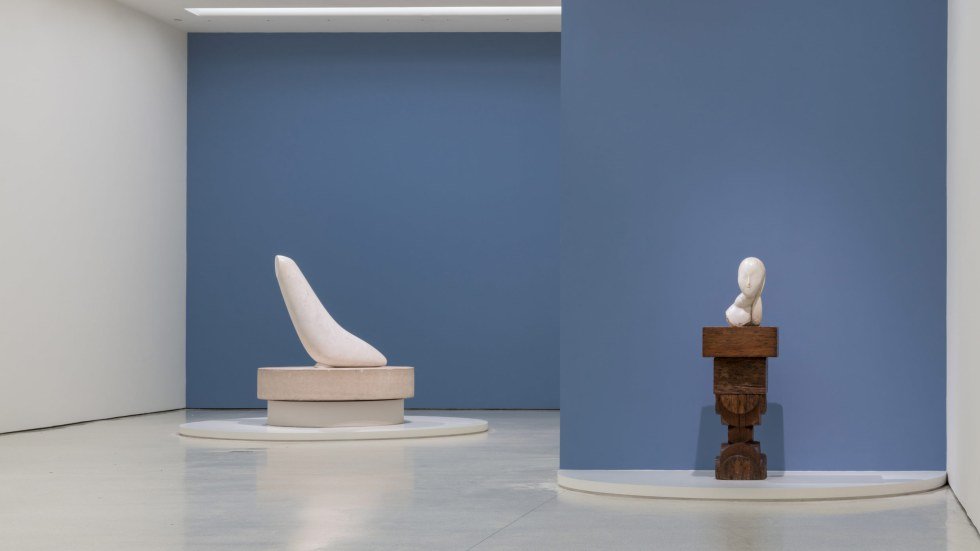 Installation View: Guggenheim Collection: Brancusi, Solomon R. Guggenheim Museum, New York, March 17, 2017–January 3, 2018.
Installation View: Guggenheim Collection: Brancusi, Solomon R. Guggenheim Museum, New York, March 17, 2017–January 3, 2018.The Guggenheim Museum has been collecting the work of Constantin Brancusi (1876-1957) since the mid-1950s, under the leadership of then director James Johnson Sweeney. The institution held its first major exhibition on the artist’s work two years before his passing.
Brancusi was a groundbreaking figure in modern design, creating a body of work that altered the trajectory of modern sculpture. An integral contributor in the early twentieth century to shifts in thinking about design, Brancusi created in the same circle as Marcel Duchamp, Fernand Léger, Amedeo Modigliani, and Henri Rousseau. His work was exemplified by expressing his subjects in simplified, often geometric forms, devoid of Western European traditions. His new stylistic approach also frequently presented works in relation to one another rather than as distinct entities. Brancusi’s abstracted forms introduced new ways of thinking about the nature of the art object. The objects selected for this gallery space are part of the permanent collection.















